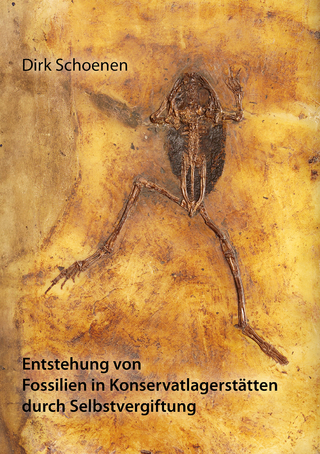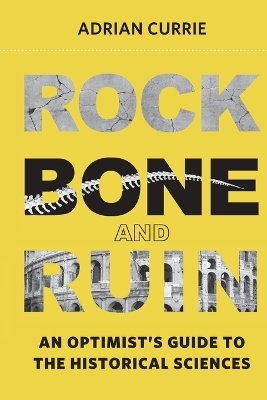
Ice Age Southern Andes
A Chronicle of Palaeoecological Events
Seiten
2003
Elsevier Science Ltd (Verlag)
978-0-444-51478-3 (ISBN)
Elsevier Science Ltd (Verlag)
978-0-444-51478-3 (ISBN)
- Titel ist leider vergriffen;
keine Neuauflage - Artikel merken
The Southern Andes, stretching from the subtropics to the subantarctic, are ideally located for palaeoenvironmental research. Over the broad and continuous latitudinal extent of the cordillera (-24 ), vegetation is adjusted to climatic gradients and atmospheric circulation patterns. Opposed to the prevailing Southern Westerlies, the Southern Andes are positioned to receive the brunt of the winds, while biota are set to record the shifting of incoming storm systems over time. Sequential, latitudinally-placed, sedimentary deposits containing microfossils and macroremains, as archives of past vegetation and climate, make possible the detection of equatorward and poleward displacement of plant communities and, as a consequence, changes in climatic controls. No terrestrial setting in the Southern Hemisphere is so unique for palaeoenvironmental reconstruction during and since the last ice age. Twenty radiocarbon-dated fossil pollen and spore records chosen to place emphasis on the last ice age include high-resolution, submillennial data sets that also cover the Holocene, thus providing contrast between present interglacial and past glacial ages.
From a refined data base, the records constitute the foundation for interpreting factors responsible for vegetation change over >50,000 14C years, glacial-interglacial migration and refugial patterns for a diversity of taxa, and the extent of intrahemispheric and polar hemispheric synchroneity versus asynchroneity.
From a refined data base, the records constitute the foundation for interpreting factors responsible for vegetation change over >50,000 14C years, glacial-interglacial migration and refugial patterns for a diversity of taxa, and the extent of intrahemispheric and polar hemispheric synchroneity versus asynchroneity.
Backdrop of botanical exploration; physical setting; climate; glaciation; land - sea level variations; volcanism; vegetation; man, megafauna, and fire; research methods: approach to the problem of palaeoevironmental reconstruction; pollen fallout reflective of vegetation during latest centuries - presettlement and settlement; palaeoecological sites, cores, and pollen/spore diagrams; ice age southern Andes; global connections.
| Erscheint lt. Verlag | 12.11.2003 |
|---|---|
| Reihe/Serie | Developments in Quaternary Science ; v. 3 |
| Zusatzinfo | illustrations, bibliog references, index |
| Verlagsort | Oxford |
| Sprache | englisch |
| Maße | 297 x 210 mm |
| Gewicht | 958 g |
| Themenwelt | Naturwissenschaften ► Geowissenschaften ► Mineralogie / Paläontologie |
| ISBN-10 | 0-444-51478-3 / 0444514783 |
| ISBN-13 | 978-0-444-51478-3 / 9780444514783 |
| Zustand | Neuware |
| Haben Sie eine Frage zum Produkt? |
Mehr entdecken
aus dem Bereich
aus dem Bereich
Buch | Softcover (2024)
Shaker (Verlag)
19,80 €
An Optimist's Guide to the Historical Sciences
Buch | Softcover (2024)
MIT Press (Verlag)
34,55 €


